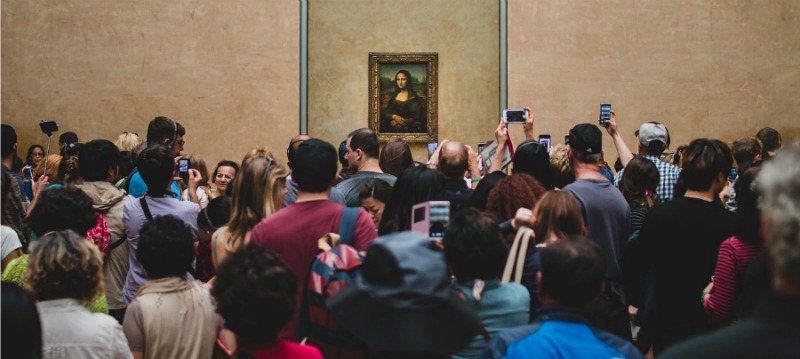This Week’s Insights: Hollywood reveals its real audience… A night outside to understand being homeless… Why truckers are avid NPR listeners… Of selfies and the value of art (or maybe they’re two different things)… Why crowds become mobs.
- The Summer No One Went To The Movies And No One Cared: Okay, that’s somewhat hyperbolic, but this summer movie attendance was down 12 percent in the US. In decades past, we would have heard the wailing all summer. This year? Barely a peep from studios. Why? It’s a further sign that Hollywood depends less and less on the domestic market and more on the international appetite for superhero blockbusters. And it’s largely why superheros is what Hollywood gave us again this summer. More layered American storylines don’t sell well internationally, so they’re not being made as much. Follow the trend out, and you start to see American movie-going tailing off and theatres closing. While Hollywood talent (and the critics) has been complaining for several years, it’s difficult to see a reversal in the trend any time soon. As a consequence, the real storytelling and innovation has found itself in TV, which is doing quite well.
- The Arts-And Movement In Audience Terms: Plenty of arts organization are trying to tie in social issues to their work. But the attempts are sometimes a bit… tangential (a symphony about climate change?). But organizers in Edinburgh who wanted to draw attention to homelessness decided to invite 9000 people to camp out overnight in a city park to experience what it’s like. Of course there’s a concert too – an all-star concert. But the tickets are free, and they’re trying to raise a bunch of money.
- Big NPR Fans? Long-Haul Truckers: Drivers might not fit the typical public radio demographic. Nonetheless, there’s a committed following out on the road. As one trucker told reporter Alan Yu, “Every single driver I’ve ever talked to listens to NPR.” Why? Some of it is that the substance can keep people engaged for mile after mile. But this is also another case where geography is destiny. And an example of a service that meets a very practical need. In another radio story this week, we learned how millennials are using radio. They value public radio, but, except for Morning Edition, they listen to very little of it in real time. (They prefer on-demand.) And they do have some frustrations.
- Selfies Versus Art: It’s been documented that visitors in museums typically look at an artwork for only a few seconds before moving on. So given the low attention given to visual images, why are people so hellbent on taking selfies at every opportunity? “Mobile technology encourages us to forego the Enlightenment Era experience and its accompanying promise of profound self-knowledge. With the invisible audience of social media always lurking in our mobile phones, we are tempted to permanently affix a scrim of personal narrative over the artwork we see and experience. Do art selfies correlate with lower levels of engagement with the artwork?”
- Why Individuals Behave Differently In Crowds (And Sometimes Become Mobs): A relevant question today, in the era of cyber-mobs and racist marches. “In Group Psychology, Freud asks why crowds make a ‘barbarian’ of the ‘cultivated individual’. Why are the inhibitions enforced by social life so readily overwhelmed by all that is ‘cruel, brutal and destructive’ when we join together with others? And why does the crowd need a strong leader, a hero to whom it willingly submits? The crowd – which is, after all, just an evanescent massing of humanity, a gathering that will quickly disperse once its task is finished – is oddly ‘obedient to authority’. It might appear anarchic, but at bottom it’s conservative and tradition-bound.”

Leave a Reply